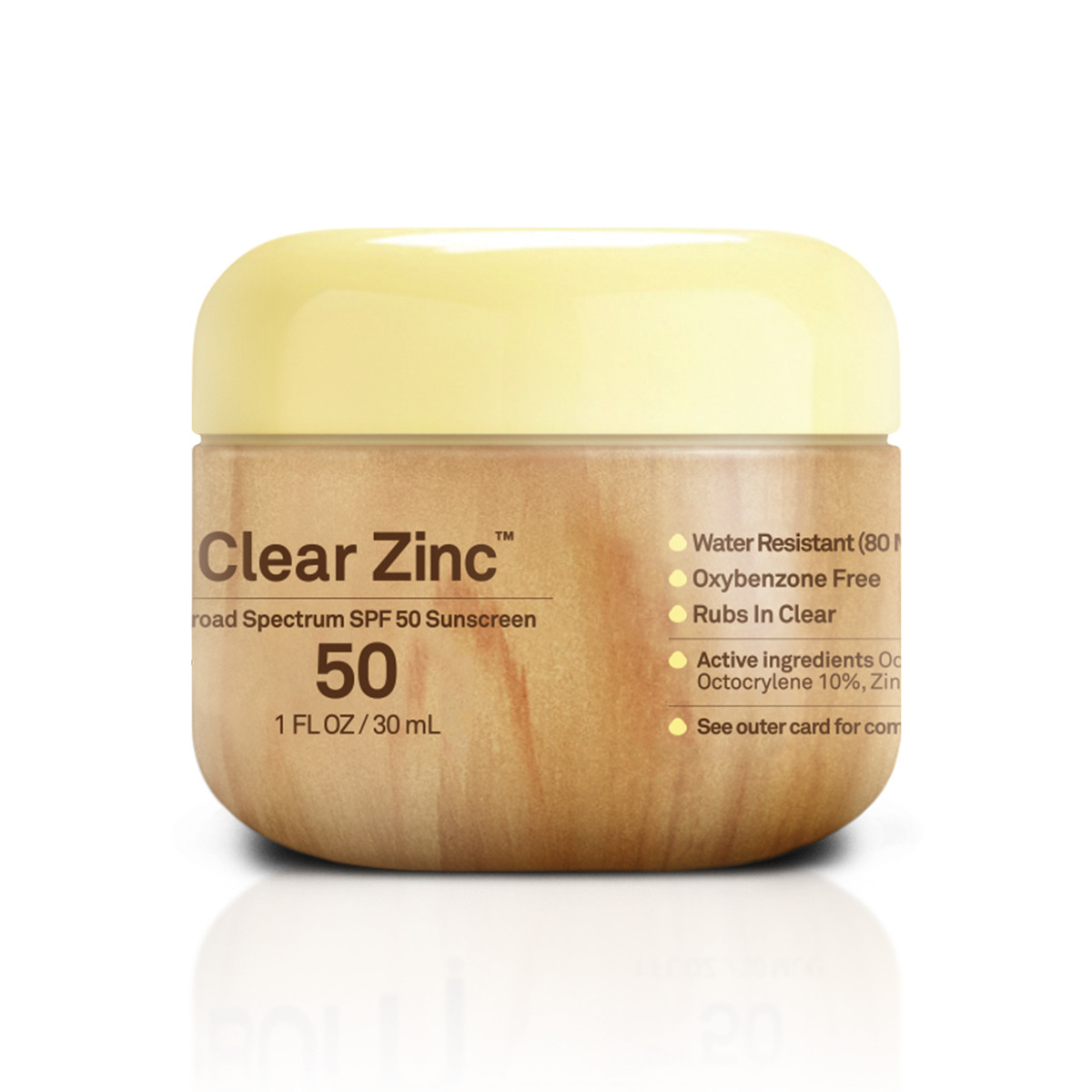
“The FDA is in the process of trying to make specific changes with the way sunscreen is labeled and how it’s advertised,” says Dr. That brings us back the beginning: Choosing a sunscreen is confusing. “We don’t know what they do or how long they last in your body, but we do know that they are being absorbed into the bloodstream.” The ingredients highlighted by the FDA are avobenzone, octocylene, homosalate, octisalate, octinoxate, and of course, oxybenzone. “The question is, we don’t know that these are for sure causing damage at this point,” says Dr. Last year, the FDA followed up with results of a study that found six specific chemical sunscreens can show up in our blood after just one application. Food and Drug Administration (FDA) issued a statement in 2019, which concludes that more research needs to be done on popular chemical sunscreen ingredients-not just oxybenzone. The human health concerns over oxybenzone are less concrete than the environmental ones, so the U.S. Chon, “so much so that in 2018 in Hawaii they banned the use of oxybenzone and octinoxate.” The legislation took effect in January 2021. “Those are probably the two main things, but also, it’s actually very damaging to other life, such as coral,” says Dr.
#ZINC OXIDE SUNSCREEN SKIN#
This means that when oxybenzone is exposed to sunlight (which is the main purpose of using it!), it can cause an itchy rash or other skin reaction in certain people. “It also very commonly causes a photoallergic or irritant reaction,” adds Dr. That’s because some studies suggest oxybenzone may alter hormone levels in both animals and humans.

“One of the things we worry about is that it could disrupt the endocrine system-it might be a kind of hormone disruptor,” says Susan Chon, M.D., professor of dermatology at University of Texas MD Anderson Cancer Center. However, research shows that oxybenzone can end up in the bloodstream once it’s absorbed by the skin, and scientists are still trying to figure out if that has any consequences for overall health. Oxybenzone is a chemical that absorbs the sun’s UV rays when applied to the skin, so they can’t penetrate the skin underneath to do damage.
:max_bytes(150000):strip_icc()/11289627-9594444637334771-eb30cf8d291d4c8dba475d3e870e1354.jpg)

What’s the difference between mineral and chemical sunscreen? What does “water resistant” really mean? What level of SPF should you use? Why is everyone talking about oxybenzone? All these factors can impact your skin, but the question of oxybenzone goes much deeper than that. There’s always some confusion in the sunscreen aisle.


 0 kommentar(er)
0 kommentar(er)
